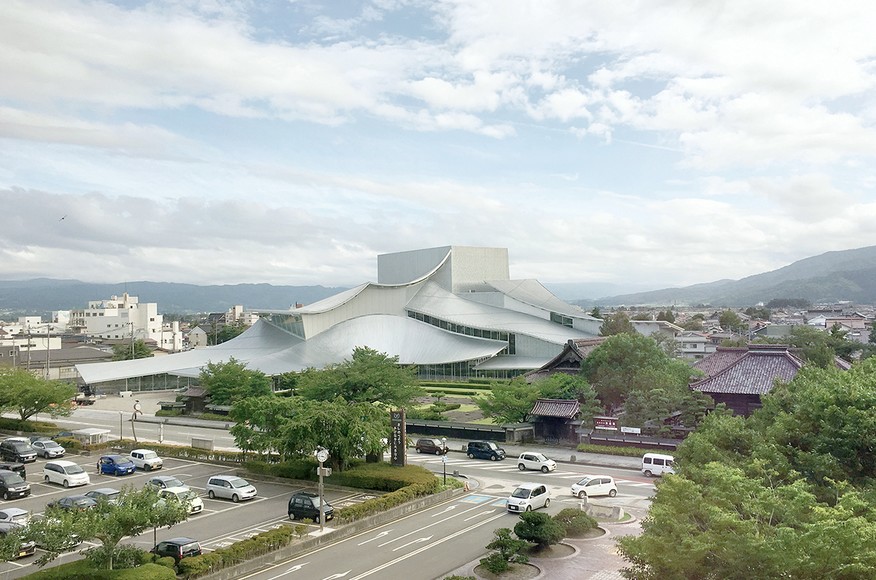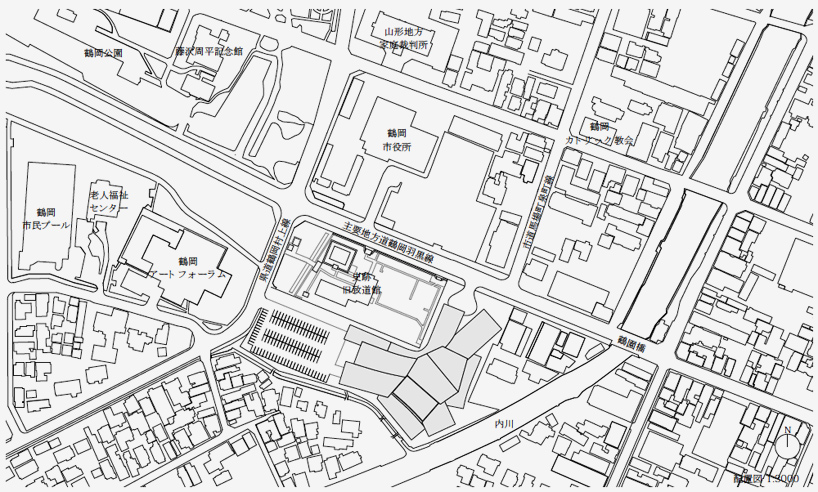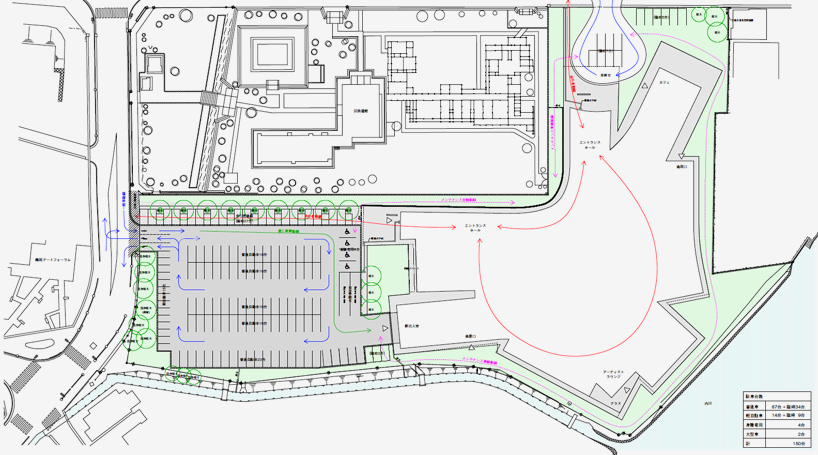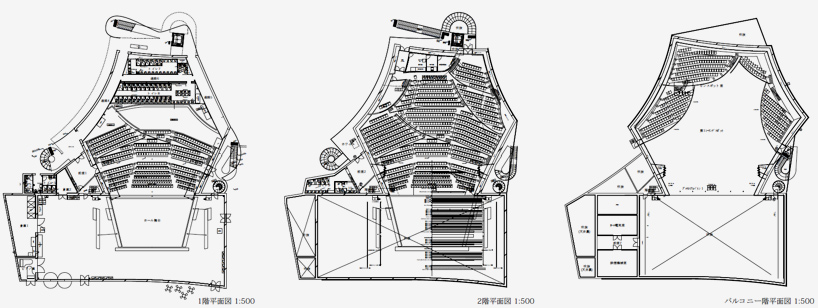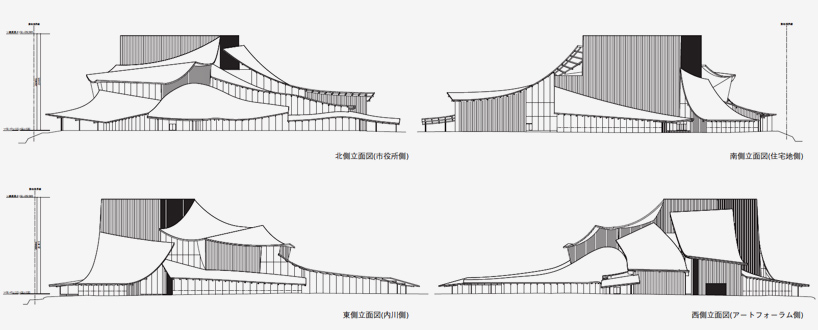Located on the northwestern coast of Japan, Tsuruoka city has gained a new architectural landmark. Known as the Tsuruoka culture hall, this cultural hub is designed by architect Kazuyo Sejima, a Pritzker Prize laureate and the leading architect of SANAA architectural firm.
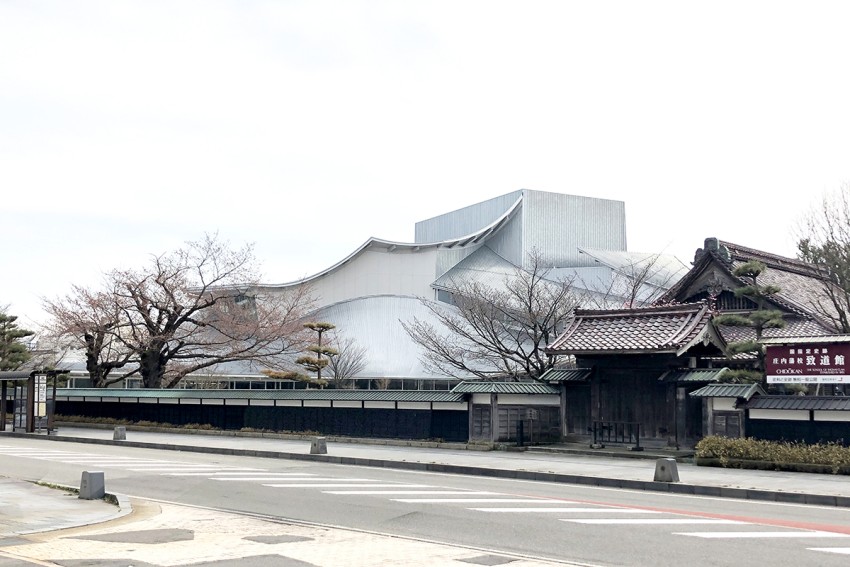
Courtesy of SANAA
Sited next to the 1805 ‘Chidōkan’ historic school, the Tsuoruoka culture hall is not only surrounded by nature but is in a cultural area. The Tokyo-based firm had their proposal chosen as a competition entry earlier in 2012. Now, the Tsuruoka culture hall with sculpted sweeping roofs has come to life.
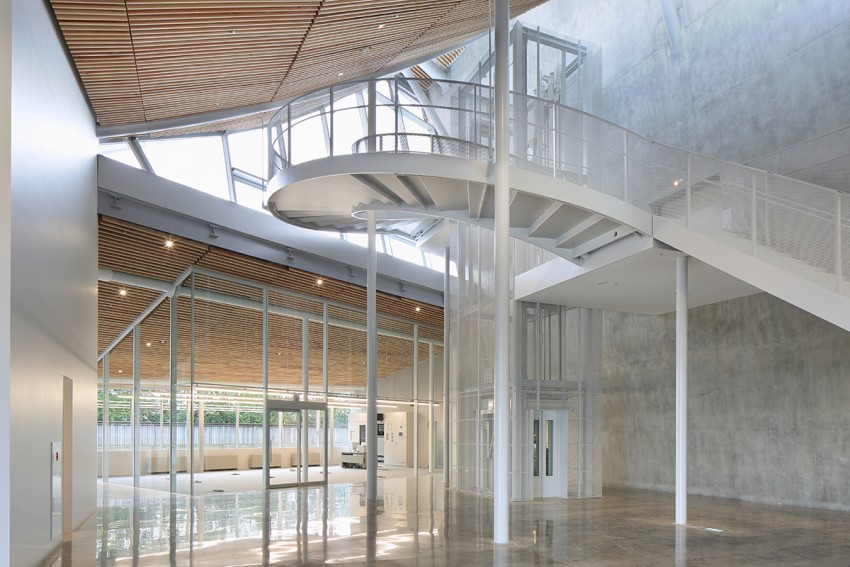
Courtesy of SANAA
The building is conceived as a series of interconnected volumes with sweeping roofs that are smoothly draped over a structure of steel frames. The broken-down forms integrate the building with the surrounding site and make people perceive it as less bulky, and more inviting and welcoming.
Centralized around a focal concert hall, the Tsuoruoka culture hall. Acting as the main attraction of the building, the concert hall is a huge vibrant theatre where the audiences are seated in the form of multiple tiers.
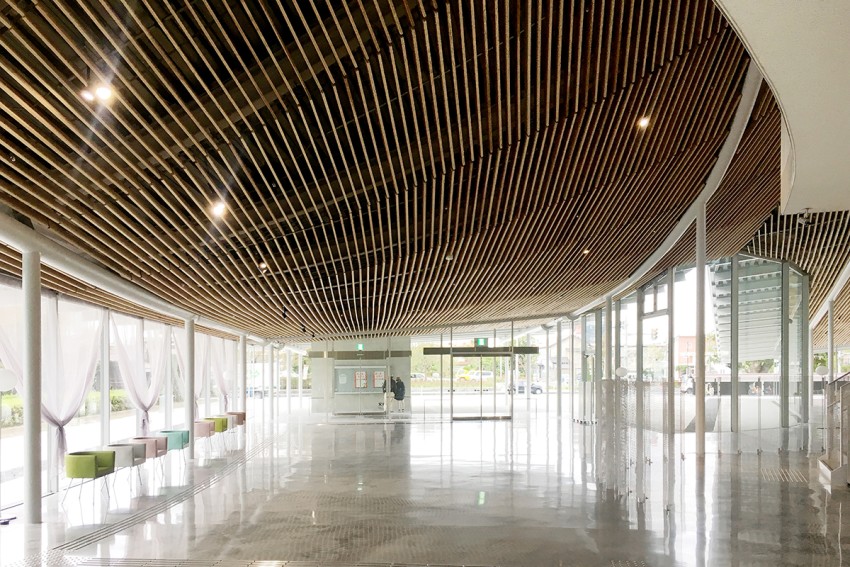
Courtesy of SANAA
Inspired by the surrounding context of rich history, Kazuyo Sejima has adopted a “Sayadou” style. This style originally meant constructing a protective structure above a temple to protect it from external factors. Consequently, the design team applied this concept in order to maintain the previous building’s local identity.
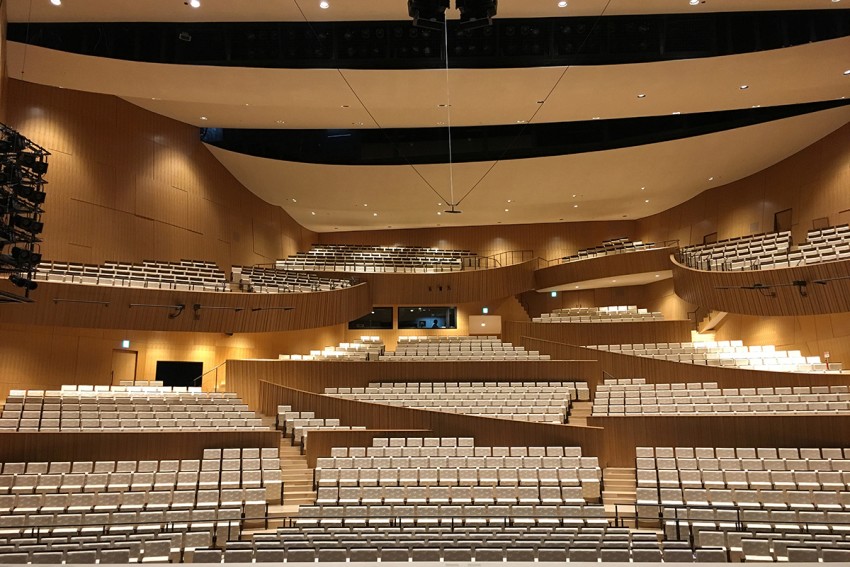
Courtesy of SANAA
Another priority for the Kejima was to serve the needs of the surrounding local students and art institutions. This led them to incorporate other functions in the Tsuoruoka culture hall such as rehearsal and practice rooms, changing facilities, a lounge, and a café.
Read more:
SANAA’s Seijima Designs ‘Invisible’ Japanese Express Train
New Art Museum | SANAA
